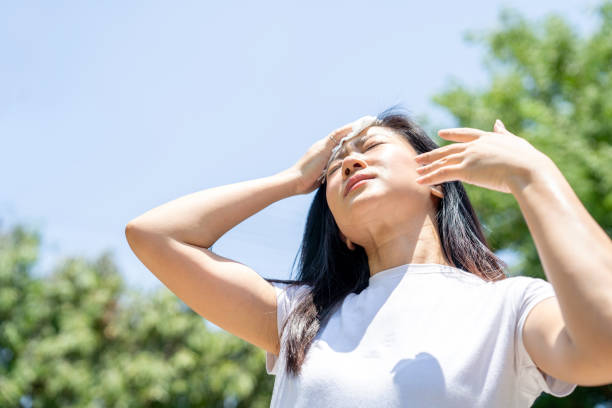Discovering one’s path forward after a stroke is a transformative and life-altering venture. Strokes abruptly interrupt the brain’s vital blood supply, presenting formidable challenges that may be ischemic or hemorrhagic. With urgency, individuals must rush to counteract the profound impact on their neurological health.
This sudden medical event plunges survivors and their families into an arena of daunting physical, cognitive, and emotional challenges. A tapestry of changes unfolds, and it is here, amidst these new realities, that the critical journey of rehabilitation begins. As a defining first step in the recovery process, rehabilitation provides structured support aimed at fostering a resilient comeback.
A diligent approach to starting rehabilitation strategies can significantly increase the potential for improvement and regaining lost functions. The exploitation of the brain’s adaptive capabilities, or neuroplasticity, promotes healing and reconnection of neural pathways. When rehabilitation initiatives are launched swiftly, they craft an optimistic projection for recovery, offering a stronger likelihood of enhanced quality of life.
The Foundation: Physical Therapy
Contents
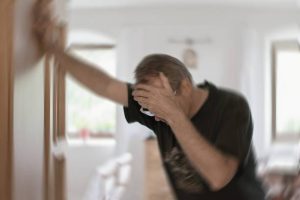
Central to the healing journey for stroke survivors is physical therapy, an endeavor rooted in the pursuit of increased movement, strength, and coordination. With a tailored, person-centric approach, therapists curate activities to restore muscular control and enhance functionality within affected limbs.
Consider the following focal points in physical therapy routines:
- Activities designed to cultivate muscle strength and blood flow
- Tactics for fostering balance, preventing falls, and bolstering confidence in one’s physical capabilities
- Repetitions for fine motor skills that return control and precision to everyday movements
The therapists dedicate themselves to teaching patients how to synthesize complex motions into achievable tasks. The central goal? To help stroke survivors navigate and master life’s daily rhythms, despite new physical constraints.
Daily Living Skills: Occupational Therapy

Tackling everyday tasks in the new context of post-stroke life is where occupational therapy shows its profound value. Occupational therapists inspire a rebirth of skills required for personal self-care and home management through a compassionate and individualized process.
Occupational therapists introduce an array of adaptive tools and devices to aid in the following:
- Kitchen gadgets that return autonomy for meal preparation and consumption
- Bathroom modifications ensuring secure and private personal grooming
- Tools tailored for re-engagement with hobbies and pastimes, empowering the continuity of personal expression and interests
Reclaiming Your Voice: Speech and Language Therapy
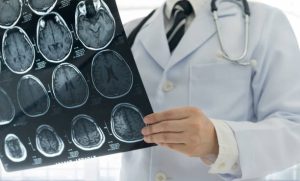
For many, the ability to communicate with loved ones and express needs is hindered by the aftermath of a stroke. Speech and language therapists are dedicated professionals who guide patients through the reclamation of their speaking and comprehension abilities.
With an arsenal of innovative methods, therapy sessions are not only about speech production but also involve the reintroduction of cognitive communication skills. Even the most fundamental human action of swallowing, often compromised by stroke, is addressed with meticulous care, vastly improving quality of life and social interactions.
As every individual is unique, so is the path to recovery following a stroke. The process requires a deeply personalized plan that aligns with each person’s specific desires, needs, and preferences. At its heart, such a plan is steered by a team effort that combines the wisdom and experience of doctors, nurses, and therapists. Together, they construct a responsive and evolving blueprint for healing that parallels the singular narrative of each patient’s life.
This orchestrated strategy transcends a static prescription; it fluidly adapts and grows, incorporating lifestyle choices that underpin enduring progress and overall wellness.
Narratives of Determination and Victory

Nestled within the community of individuals touched by stroke are powerful personal testimonies that span the vast range of human endurance. These stories embody more than just the struggle to survive; they illustrate powerful willpower, the relentless endeavor for normalcy, and the small and great victories along the way.
The common thread in these sagas is prompt, skilled medical care, a relentless pursuit of rehabilitation goals, and a circle of support that bolsters spirits when challenges loom large. These accounts serve as beacons, inspiring those on the threshold of their recovery journey and affirming the unlimited capacity for human endurance.
The Evolution of Stroke Rehabilitation
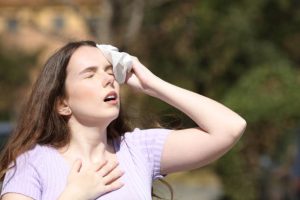
The landscape of stroke recovery is in a state of dynamic evolution, pushed forward by the latest research and technological innovation. The forerunners in this realm tirelessly test the boundaries, incorporating sophisticated tools like robotics and virtual reality into therapeutic practices.
The quest for innovative and more effective treatments is perpetual. With eyes set on the horizon, the field of stroke recovery is witnessing the dawn of even more sophisticated and optimistic rehabilitation opportunities.
A Journey of Healing
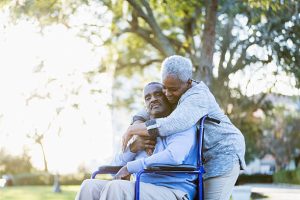
The road to recovering from a stroke is complex and demanding but threaded with possibilities for redemption and rejuvenation. Embracing the therapeutic journey is essential for discovering newfound capabilities and revitalizing one’s life. The personal victories are illuminations across this path, marked by individualized attention and advances in medical technology, representing a passage shaped not by the stroke, but by the sheer persistence of those undertaking it.
Step by step, with the assurance of available resources and community support, those affected by stroke and their loved ones can find peace in the realization that the pursuit of rejuvenation is a shared endeavor. It is this collaborative vision, directed at healing and filled with optimism, that confirms the collective endurance within each survivor, underscoring that recovery is more than a hope—it is an achievable reality.

